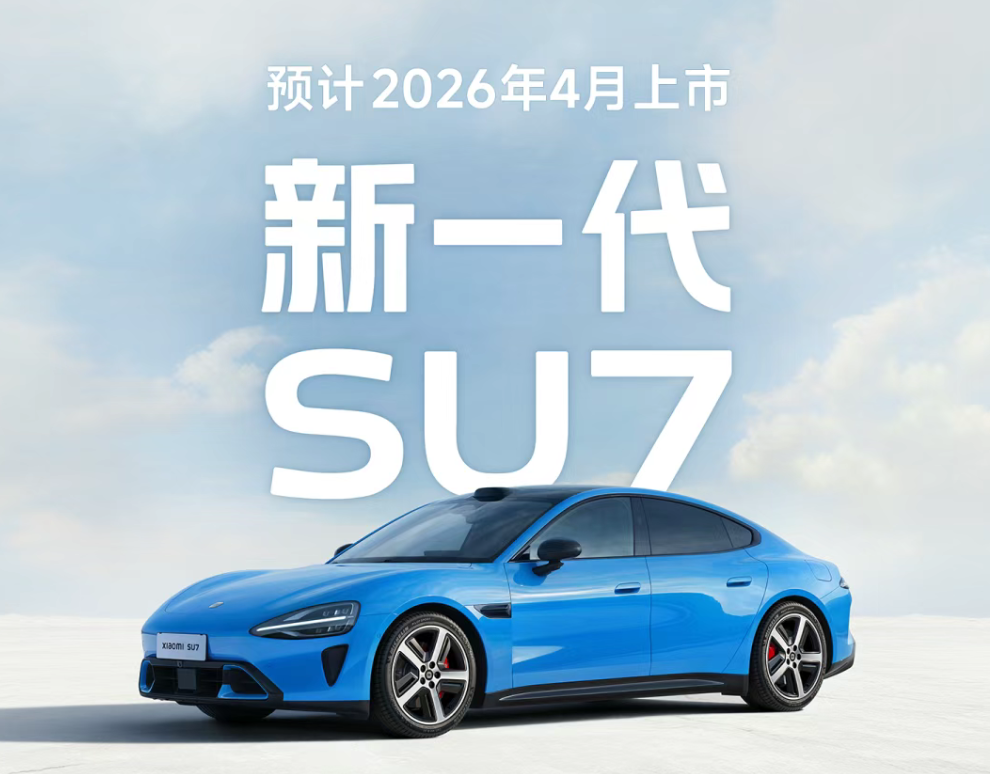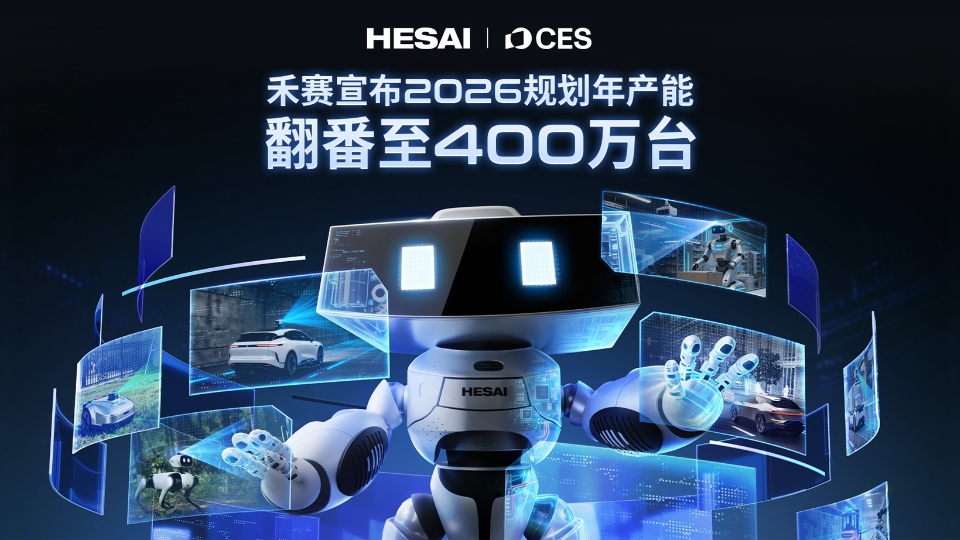Most companies, whether focused primarily on manufacturing or services, frequently face the need to consider changes in the composition of their supply chains. Few companies, however, undertake with any frequency, the task of comprehensive assessment of the entire value chain that serves the end consumers. This paper presents a strategic sourcing decision model developed in the process of a complete value chain analysis done for the General Motors Powertrain (GMPT) organization. This decision model was been applied across many activities – from traditional casting and machining of metal for automotive engines and transmissions to the development of software that encodes the latest algorithms for improved vehicle performance and emissions control. The model has also proved valuable for assessing strategic alliances – both with traditional supply chain partners as well as with long-time competitors. As well, it has proved its worth at companies far removed from the relatively slow-clockspeed, manufacturing-intensive automotive industry. This paper describes the analysis process, the decision model, and the resulting improved process for value chain strategy at GMPT. The value analysis process emphasizes the need to balance quantitative financial considerations with less-easily quantifiable strategic issues. This model not only provided key decision support for value chain strategy, but also formed the foundation of a fast-response capability to emergent and disruptive strategic challenges. We describe why such a capability is of critical importance not only to companies such as General Motors, buy also to companies in very fast clockspeed industries such as on-line music and entertainment.
When one thinks about case studies of innovative value chain management, it is common and useful to look at the exploits fast-clockspeed industries and organizations – what are sometimes called the “fruit flies” of our economy. The dynamic evolution of these organizations, the upstart new ventures or the aggressive electronics giants, can teach a great deal about industry and value chain dynamics. With rapidly shifting supply chains and high-clockspeed technologies, these firms often provide useful lessons for responding to cutting-edge strategic challenges.
However, these “new economy” players are not the only ones facing dramatic and sweeping changes throughout their value chains. Stimulated by the creation of a global integrated organization for powertrain (engine, transmission, and controls) engineering and manufacturing at General Motors under the leadership of Arvin Mueller, a team of managers and analysts was created to perform a sweeping analysis of value chain strategy for the General Motors Powertrain organization (GMPT). A key finding: Insights into the nature of value chain design and corporate strategy -- for both fast- and slow- clockspeed firms -- can still arise from the midst of a traditional “old economy” firm.









